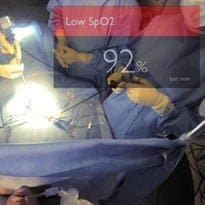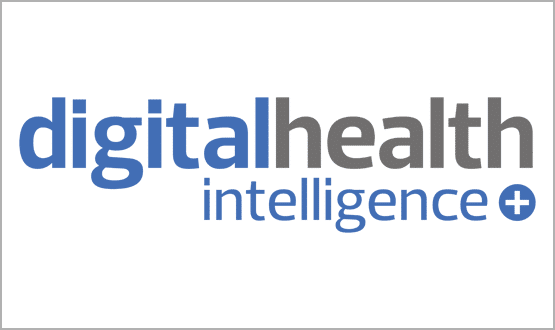Google Glass delivers patient data
- 17 October 2013

A proof-of-concept that uses Google Glass to deliver patient data to doctors has been announced by Philips and Accenture.
The Google Glass head-mounted display, which is connected to Philips IntelliVue Solutions, is designed to improve the effectiveness of surgical procedures by providing doctors with hands-free access to critical clinical information.
A demonstration of the technology shows how a doctor wearing the display could simultaneously monitor a patient’s vital signs and react to surgical procedural developments without having to turn away from the patient. The display also enables the doctor to monitor a patient’s vital signs remotely or enlist assistance from doctors in other locations.
Michael Mancuso, CEO of patient care and clinical informatics at Philips Healthcare, said: “this research explores how doctors can achieve better access to the right information at the right time so they can focus on more efficient and effective patient care."
The proof-of-concept was created by researchers from Philips’ new Digital Accelerator Lab in collaboration with researchers from Accenture Technology Labs as part of a project to explore the potential use of Google Glass in clinical settings.
As well as enabling clinicians to work hands-free, the proof-of-concept was designed to enhance a clinician’s mobility by allowing the seamless transfer of patient information while on the move. Further research may find ways of helping clinicians to keep their focus on the patient while simultaneously obtaining a live view of critical patient monitoring data.
Future topics addressed by the researchers could include: accessing a near real-time feed of vital signs in Google Glass; calling up images and other patient data by clinicians from anywhere in the hospital; accessing a pre-surgery safety checklist; giving clinicians the ability to view the patient in the recovery room after surgery; conducting live, first-person point-of-view videoconferences with other surgeons or medical personnel; and recording surgeries from a first-person point-of-view for training purposes.




